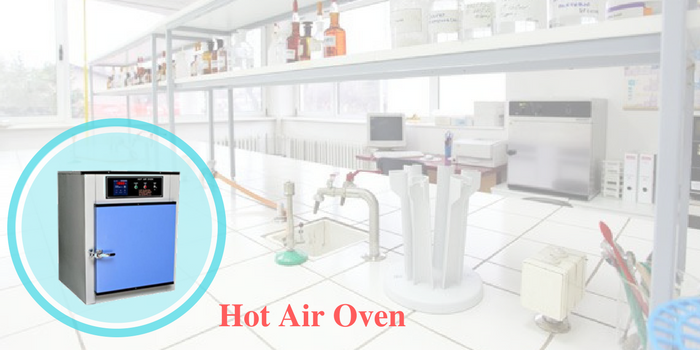Hot Air Oven manufacturers define hot air ovens as electronic gizmos that typically use dry heat in order to sterilize objects. These are used in laboratories to maintain a sterile environment.
Invented by Pasteur, these ovens are usually capable of operating between 50 and 300 degrees Celsius. A thermostat is attached with which one can adjust the temperature of the device. This device has a double walled insulation.
This double walled insulation is used to contain the heat and conserve the energy. The inside layer of the device is a poor conductor which helps in doing this. The outer layer is metallic in nature and therefore the energy is contained properly in the device.
There is a space filled with air in between the layers that immensely aid in insulation and maintains the containment of energy for a long time. There is also the presence of a fan. This fan circulates the air that is present and maintains a uniform level of heat distribution in the device.
These devices are also fitted with a wire mesh coated trays that are also all adjustable. They may also have aluminum trays. They also usually have the standard on and off rocker button, though this is not always a guarantee. They have indicators along with special controls for temperature and for holding times.
There is no set limit of capacity for these ovens. This is because the supply of power and its usage vary from one country to the other, which depends on the voltage and the frequency that is being used in the country.
For controls, sensitive tapes measuring temperature or biological indicators that use bacterial spores can be present. These help in testing the effectiveness and the correctness of the oven while it’s being used. These require an exposure that can last up to two hours in total.
Hot ovens are used to destroy pyrogens or bacterial endotoxins, organisms which are pretty difficult to remove under normal conditions. Therefore, these can be used for sterilization of glass bottles. The dry heat that is provided by the device kills using oxidation, protein denaturation and toxic effects of electrolytes.
It is easy to operate hot hair ovens. First, the articles that are required to be sterilized are wrapped up and enclosed in covers of cardboard. It can also be covered in paper or aluminum. Nest, the materials are positioned properly to have uninterrupted air flow. The oven can be preheated properly for materials that have poor heat conductivity, such as glass. After the sterilization is complete, the temperature must be dropped to 40 degrees Celsius for safe removal.
The advantages of the hot air ovens are:
- Kills all types of bacterial endotoxins.
- Is a safer method for sterilization of sharps or instruments that have sharp edges, like hospital equipment.
- Leaves no form of chemical residue.
- Have no traces of wet pack problems for humid climates.
Hot air oven manufacturers unanimously agree that these ovens are greatly beneficial for laboratories dealing with research and sterilization. Although it cannot operate on rubber and plastic products, it is a great way to remove germs from glass and metals.





